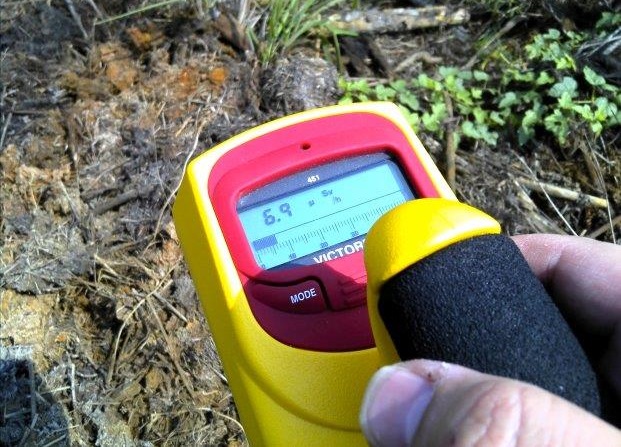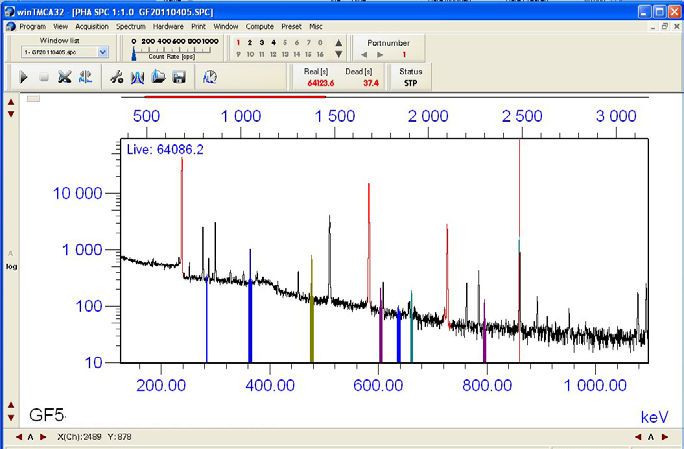4. Instrumentation for in-situ radiological characterization
Ionizing radiation can be measured through the physical and chemical effects of its interaction with matter. Field and laboratory methods are based mainly on the ionizing properties of radiation and the use of instruments that convert the radiation to electrical signals.
Ionization chambers, proportional counters, Geiger-Muller tubes, scintillation counters, semiconductor detectors, thermoluminiscence detectors and various mechanical and chemical track detectors are used to monitor and quantify the α, β, γ and neutron radiation of the environment. The nature and character of the radiation governs the selection of a suitable detector.
Detectors are chosen depending on their sensitivity (efficiency) and the level of activity to be measured. If the identification of radionuclides is required, only detectors capable of producing a signal proportional to the energy of the detected photons or alpha particles can be used. The capability of performing such measurements and recording them graphically is called spectrometry.
 |
 |
| a) Digital numeric indication in a Dose rate meter (ionization chamber) | b) Gamma spectrum collected with a gamma spectrometer (HPGe detector) |